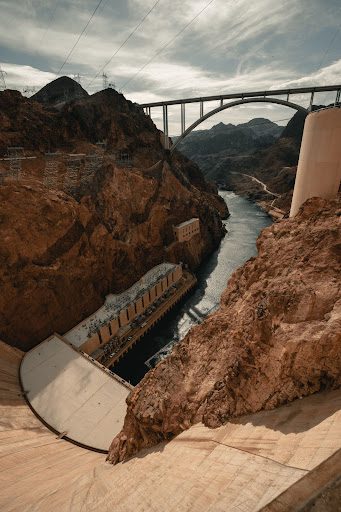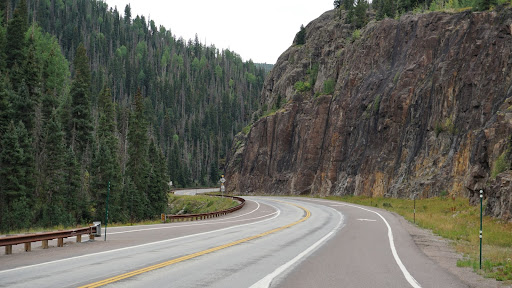As American infrastructure expanded throughout the 20th century, roads, bridges, and dams often negatively impacted animal and fish migration and travel routes. The new federal Infrastructure Investment and Jobs Act addresses those concerns by earmarking more than $350 million between now and 2027 for state, local and tribal government projects designed to improve the environment and return the natural pathways of many animals. Additionally, the act provides $1 billion to remove culverts that negatively affect waterways and $400 million to remove or renovate dams that prevent fish from following their natural paths.
This push to conserve and restore wildlife migration corridors and habitats has already spawned many exciting new programs in various states.

The Matilija Dam Ecosystem Restoration Project in California will help native wildlife and fish and provide new recreation opportunities for residents. This older dam on the Ventura River used to help with flood control, but its reservoir is now filled with sediment. The dam blocks the migration of the Southern Steelhead Trout and makes beach erosion worse in the area. The dam will slowly come down, and each area will be reformed and returned to a more sustainable and healthy state. The Golden State also has many new wildlife corridors and restorations planned, many inspired by the recent success story of the public – and private-funded world’s largest wildlife bridge over the 405 freeway in Los Angeles. The construction was spurred on when a driver hit a mountain lion trying to cross traffic.
More than half of the crashes along U.S. Highway 550 involve wildlife in Colorado. The state’s Department of Transportation is now working on the Western Slope Wildlife Prioritization Study to construct a wildlife underpass this year. The bridge will reconnect habitats on either side of the highway and significantly lower the danger to both drivers and animals. The crossing is desperately needed in a region where more than 2,500 animals were killed in 2020. Colorado’s northern neighbor, Wyoming, is also working on highway crossings for elk, deer, and others. The Wyoming Department of Transportation has plans to construct at least two overpasses and eight culvert underpasses to help wildlife safely cross roadways.
West Virginia is also helping native wildlife by removing the Albright Dam.
This dam removal will reconnect the lower Cheat River, Cheat Canyon, and Cheat Lake with the upper part of the Cheat River, restoring the entire waterway to its original pathway for the 45 living species that call it home, including walleye, freshwater mussels, and the Eastern Hellbender salamander.
One of the most exciting projects likely to benefit from the Infrastructure Investment and Jobs Act is the Salmon Superhighway, a partnership between the Oregon Department of Fish and Wildlife, the U.S. Forest Service, Tillamook County, and various local and national businesses and nonprofits to restore more than 180 miles of fish habitat along six rivers in the state of Oregon. The result is not only a better life for fish but less flooding, more recreational areas, and an economic boost for the region. This collaboration may prove to be a model for many more restorations in America.
“The project is taking a whole landscape approach looking at the entire basin with a goal of connecting 180 miles of blocked habitat, 93 barriers, in the span of 10 years,” said Sarah Zwissler, a Salmon Superhighway Coordinator. “This isn’t something that has really been done before and may serve as a proof of concept for use in other watersheds across the country. Salmon are a cornerstone species for the Pacific Northwest ecosystem, and an iconic species, but the Salmon Superhighway does not just benefit aquatic life, it also supports healthy forests and local economies.”






